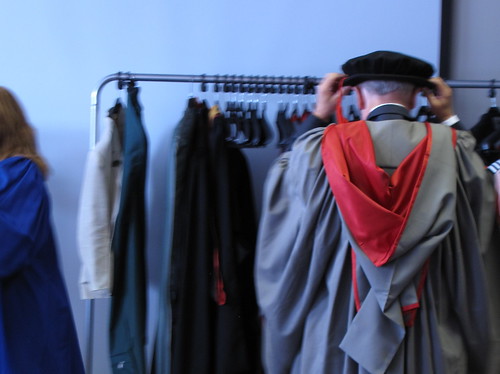In writing for the majority on Citizens United v. Federal Elections Commission, Justice Kennedy hit several times on the idea of disclosure as a balancing factor to opening the ceiling on corporate elections donations.
If voters know who’s financing candidates and ballot initiatives, the logic goes, then the prejudicial effects of whatever they’re financing will be diminished. Modern technology, Justice Kennedy wrote, “makes disclosures rapid and informative.”
Somehow, following the ruling, Congress took little note of the window the Supreme Court opened in affirming disclosure requirements in campaign spending.
Luckily, the Internet, America’s shadow democracy, stepped in to model transparency and disclosure possibilities.
Here are a few of note for voters, teachers, and students heading into the final countdown of this election season.
 The Sunlight Foundation has a host of tools and apps for investigating elections funding, the activity of Congress, and the movements of state legislatures.
The Sunlight Foundation has a host of tools and apps for investigating elections funding, the activity of Congress, and the movements of state legislatures.
One of my personal favorites is Checking Influence which “shows you how companies you do business with every day are wielding political influence.”
Voter’s Edge is designed to throw light on the funding of ballot initiatives. As of this posting, VE has information on initiatives in CO, CA, and FL. Clicking through, viewers are able to track who is funding efforts for and against the initiatives, the effects of the initiatives’ passage and contact information for major supporters or opponents of initiatives.
 One of my first tools for investigating my options as a voter, Project Vote Smart has only improved over the years as it’s harnessed the power and possibility of the Internet. Billing itself as the “voter’s self-defense system,” Vote Smart includes candidates and initiatives at the state and federal level.
One of my first tools for investigating my options as a voter, Project Vote Smart has only improved over the years as it’s harnessed the power and possibility of the Internet. Billing itself as the “voter’s self-defense system,” Vote Smart includes candidates and initiatives at the state and federal level.
A quick search of my address revealed my state rep, her challengers and their records. For incumbents, this includes voting records, while all candidates’ recent public statements as well as campaign finance information can be reviewed through the site.
Finally, a direct connection to campaign finance is FollowTheMoney.org from The National Institute on Money in State Politics. Through this site, readers can track financial influence across state elections and more completely understand the flow of cash through candidates’ coffers. After the electorate-useful information, my favorite feature of FTM is its meta-disclosure, “Where do we get our money?“

